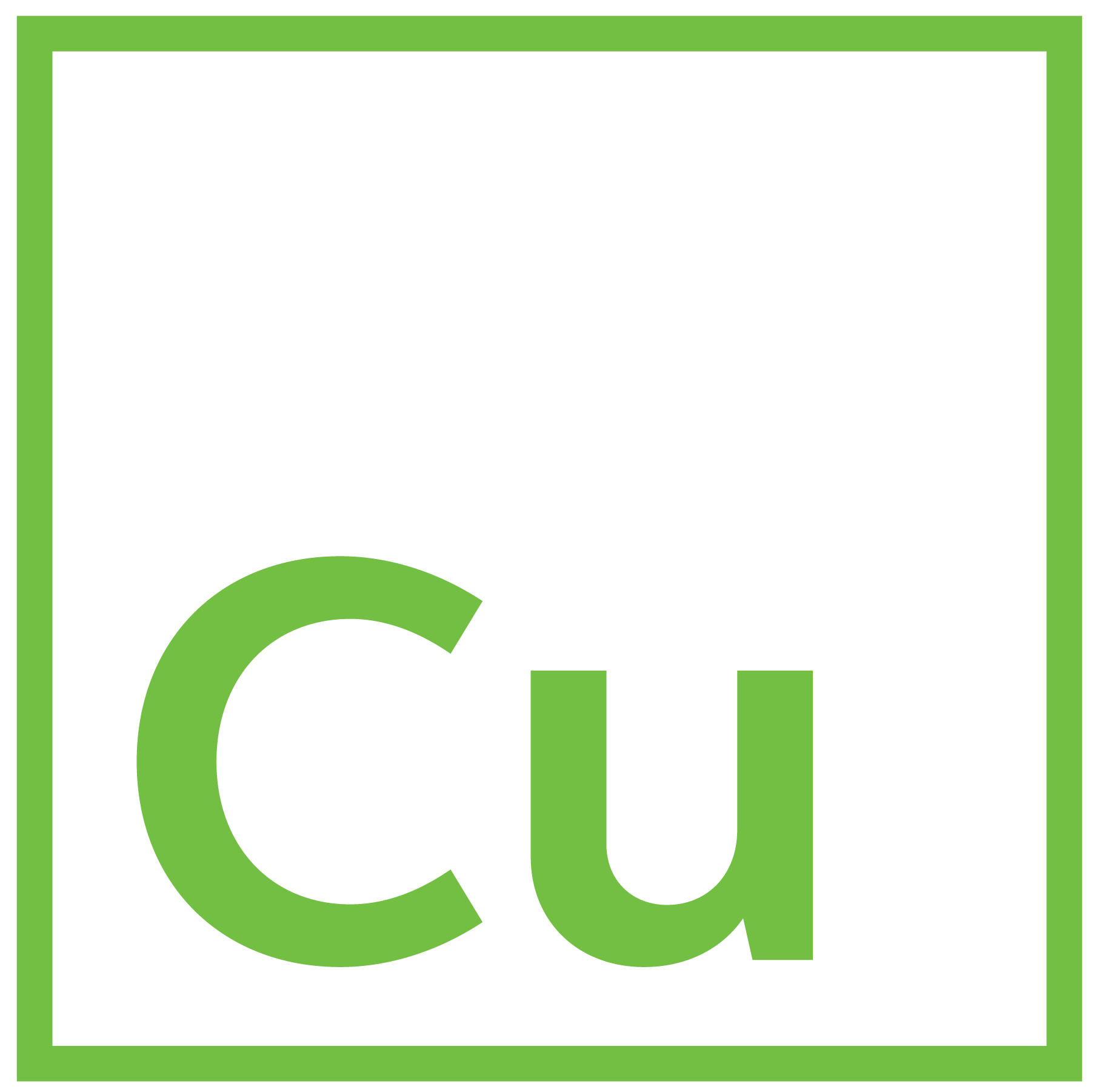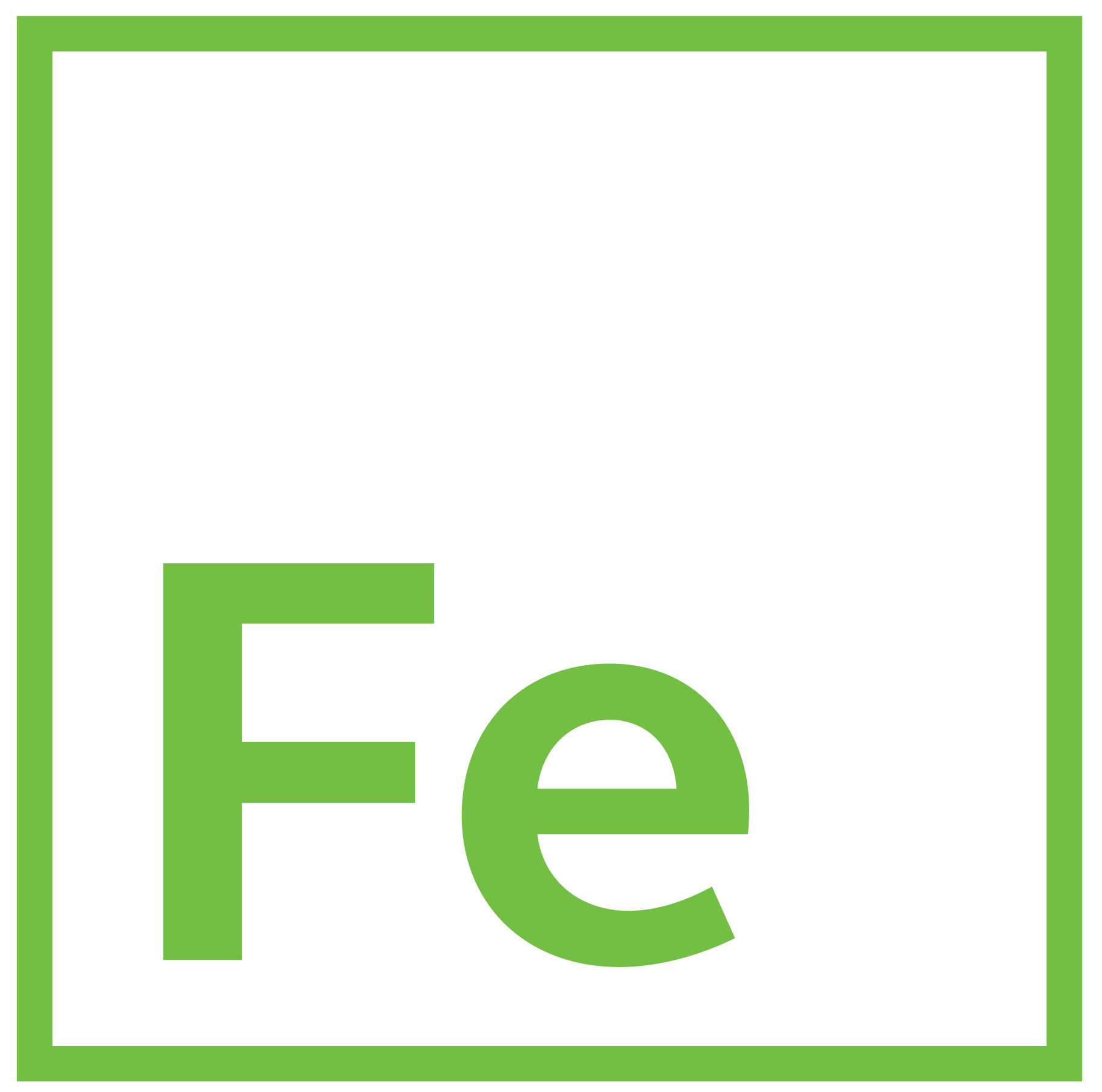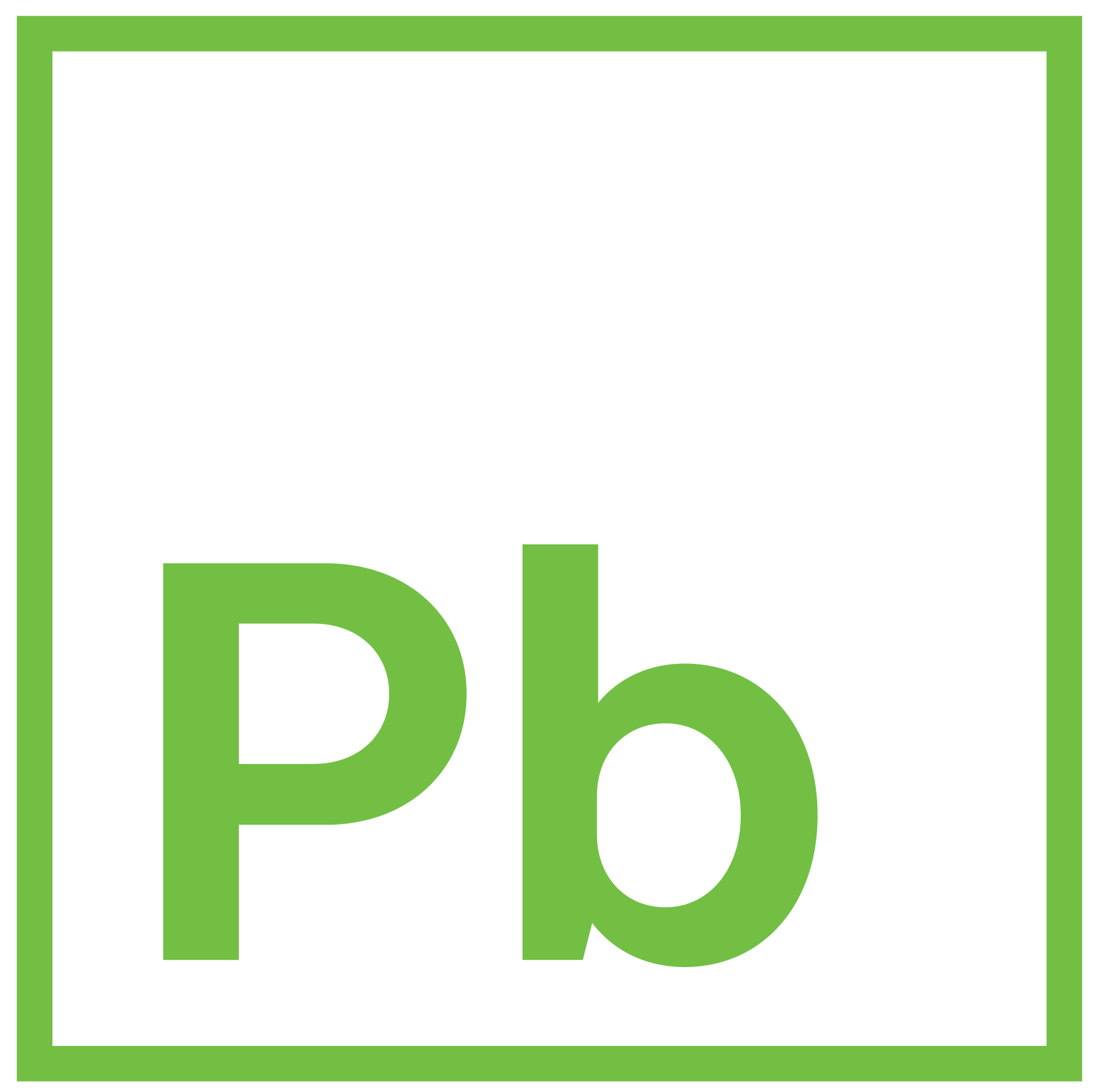While electric vehicles (EVs), especially battery electric vehicles (BEVs), are still a small percentage of the light vehicles being produced globally, their share is clearly on an upswing.
In fact, due to a combination of a push by automakers to transition their vehicles to a largely electrified future over the next decade or two and governments providing consumers with stimulus money in an effort to kickstart their economies after the hit they took from the Covid-19 pandemic, the uptake of BEVs and other new energy vehicles (NEVs) has moved faster than expected.
“This is a bonus for aluminium demand,” said Yang Cao, a Senior Analyst for Fastmarkets, noting that NEVs are estimated to use about 30% more aluminium than an internal combustion engine (ICE) vehicle.
This comes while overall aluminium demand is very strong, said Christian Mildner, Head of Corporate Sales for the London Metal Exchange (LME), noting that last year the pandemic reduced demand only for a short period of time. “And then it shot back up in a way that took a lot of people by surprise,” he said.
Jack Pell, Vice President for Automotive and Business Development for Hydro North America, said it makes sense that BEVs use more aluminium given the need to lighten their weight to compensate for the heavy batteries they contain. ICE vehicles have been moving in a similar direction, largely to reduce greenhouse gas emissions and increase fuel efficiency.
“Lightweighting is the natural ally of automotive efficiency, whether it is for an ICE, BEV, plug-in hybrid or fuel-cell vehicle,” said Abey Abraham, Managing Director of Automotive and Materials for Ducker Worldwide, calling it an important strategy to maximize the benefits of any powertrain. He said the average aluminium content in North American light vehicles is expected to increase from 459 lb in 2020 to 505 lb by 2025 and 570 lb by 2030. He noted that the increased electrification of vehicles will be a big contributing factor for that increase, although anticipated changes in US fuel efficiency standards – which are expected to occur by the end of this year – will also have an impact.
There are, however, some pluses and minuses when comparing the aluminium content of BEVs and ICE vehicles. In fact, Abraham pointed out that, while in 2020 the average BEV contained approximately 200 lb more aluminium content than non-BEVs, about 150-190 lb of aluminium – mainly cast aluminium – is removed, largely from powertrain components that aren’t used in BEVs, particularly the engine block. Mildner noted that, while BEVs do have several smaller motors, those generally aren’t very aluminium intensive.
Aluminium is largely used similarly as it is in ICE vehicles – to lighten its weight. This helps to increase the BEV’s range, compensating for the weight of the battery, much like such lightweighting increases fuel efficiency and reduces greenhouse emissions in ICE vehicles. Brett Smith, Director of Technology for the Center for Automotive Research (CAR), pointed out that, the lower the mass of the BEV, the less and/or smaller batteries are needed, which could lighten the vehicle’s weight or improve its range further.
Nate Beavers, President of Automotive Aluminium Advisors, said the vast majority of new BEVs, including new electrified light trucks, are utilizing aluminium for many of its closures, including bonnets, doors and lift gates, as well as for fenders and rear quarter panels.
Also, some of the body-in-white structural parts have been going from steel to aluminium with the advent of more high-strength aluminium alloys. For example, Jeffrey Lorch, Global Aluminium Leader at McKinsey & Co, observed that, like its ICE version, Ford’s newly introduced electric F-150 Lightning pickup truck has an aluminium body. Also, the soon-to-be-introduced full-sized Rivian R1S sport utility vehicle is to have body structures made from a combination of aluminium, ultra-high-strength steel and carbon fiber.
But Mildner pointed out that a big application for aluminium in NEVs is the battery casing, which uses aluminium partly because it is a lightweight option, but also because of its ability to keep the battery stable and to exchange heat that is generated so the battery doesn’t burn. In addition, Ducker’s Abraham said that by utilizing the different types of extrusions in different sizes, the battery enclosure can be made much more modular, especially when that is done in conjunction with aluminium sheet and castings.
In addition, given the current price differential between copper and aluminium, more companies are turning to aluminium for some of their wiring and cabling. “Even though at a given cable diameter copper conducts more energy, aluminium is less expensive,” Mildner said, noting that, at a certain price point for certain applications where such substitution is possible and where weight isn’t an issue, companies might choose aluminium cabling.
Fastmarkets’ Cao said that while aluminium is not commonly considered to be a major battery material, it is used in lithium-ion batteries given that the anode material of the batteries is coated onto aluminium foil. Geordie Wilkes, Head of Research for Sucden Financial said there are certain new battery technologies that have not yet been widely adopted by the market that include aluminium.
Mildner pointed out that the development of new aluminium alloys, including some geared toward these types of applications, is evolving. Abraham agreed, noting that there has been a lot more research into increasing the strength, ductility and formability of the various product forms of aluminium, including sheet, extrusions and castings. For example, a high-strength, 7000-series sheet product was recently introduced to address some automakers’ needs for both strength and formability.
Also, new scandium-aluminium alloys being developed largely for aerospace applications could potentially be used for EVs and other vehicles if their cost can be brought down, said John Mothersole, Director of Research for IHS Markit’s pricing and purchasing service, given that, aside from being lighter, their strength approaches that of some high-strength steels.
Aluminium alloys being used in EVs are largely new combinations of existing alloys to be used for different applications, Mildner maintained. “Companies aren’t reinventing the wheel. They are just shaping the wheel a little differently,” he said.
There has not been much aluminium production capacity that has come onstream targeting this market, but Cao believes that expectations for growing demand for BEVs; supporting infrastructure and batteries; and higher aluminium prices – if sustained – could incentivise companies to announce additional capital investments.
While aluminium is seen as being environmentally friendly, in line with the sustainability mindset that is a key motivator for the push for more EVs, that doesn’t necessarily take into account the emissions from primary aluminium, with John Tumazos of John Tumazos Very Independent Research, estimating that it requires 6-7 kilowatts of electricity to produce each pound of aluminium.
Nevertheless, both the electricity intensity of the industry and its carbon footprint has been increasingly trending downwards, according to Sucden’s Wilkes. But the environmental impact of primary aluminium smelting depends upon the source of the electricity that they use.
Tumazos said that currently 60% of global smelter output is fired by coal, 11% by natural gas, 25% by hydropower, with much of the balance coming from solar, wind and even nuclear power. He said that while there is a desire to use more electricity from renewable sources, it is unclear how quickly some countries will develop the infrastructure to do so.
He noted that currently almost all of the aluminium smelters’ use of hydroelectric power is in Canada, Russia, Iceland and Norway, although China has recently offset some of its closures of coal-powered plants with new hydroelectric-powered smelters.
“But you can’t build hydropower plants everywhere,” Sergey Donskoy, a Metals and Mining Analyst for Société Générale, said, noting that there isn’t a lot of untapped hydropower potential in mature economies such as those in Europe and North America, although there is more opportunity in some emerging economies, particularly in South East Asia.
Rusal, however, not only has access to hydropower, Tumazos said, but is growing that capability through a couple of expansion projects that it has underway. In addition, both the Russian aluminium producer, and the Alcoa/Rio Tinto ELYSIS joint venture are in the midst of scaling up their efforts to commercialise their inert anode primary aluminium production technologies. This is termed by some as the aluminium industries Holy Grail due to its potential to change the primary smelting game by eliminating all of the direct greenhouse gas emissions generationed during the production process.
At the same time, aluminium producers are increasing their already high level use of recycled aluminium, and Robin Bhar, an Independent Metals Consultant, said that trend is widely expected to continue. In fact, he noted that the International Aluminium Institute has forecast that recycled aluminium could account for 50% of global aluminium supply by 2050, up from about 20% currently. This isn’t surprising given that, according to the Aluminum Association, not only is aluminium infinitely recyclable, but recycling aluminium saves more than 90% of the greenhouse gas emissions associated with primary aluminium production and requires only about 8% of the energy.
While LME Aluminium Cash Prices may have peaked in October 2021 at £3180, current prices are still well above the pandemic induced lows of just above $1400 in March and April 2020. According to Mothersole, prices are expected to average about $2,200 per tonne through 2022 before slipping slightly through 2025 and moving back up through 2030.
Abraham said additional extrusion capacity capable of producing some larger diameter or more intricate parts for EVs has started to come online. This is at least currently despite the belief that there is adequate aluminium supply to meet the demand coming from EVs and their batteries. “But going forward, there could be difficulties if China sticks to its 45-million-tonnes-per-year capacity cap,” Cao said, adding that, although he expects a surplus this year in the global aluminium market, it will likely shift to a deficit in 2022.
“I think the future is bright both for EVs and the use of aluminium for the EV market,” Beavers said. “The investments, focus and energy around EVs and the consumer confidence in EVs is going to continue to grow, and this will create more opportunities for the aluminium industry to support this revolution.”
But while this is an opportunity for the aluminium industry to come up with the best solutions for EVs, their supporting infrastructure and battery technologies that are competitive with other materials, not all aluminium producers are choosing to participate in that market. The necessary investments to do so are large, Hydro’s Pell said, who predicts that many companies that are not already dabbling in the EV market will instead continue to target other aluminium end-use segments.
Published November 2021









